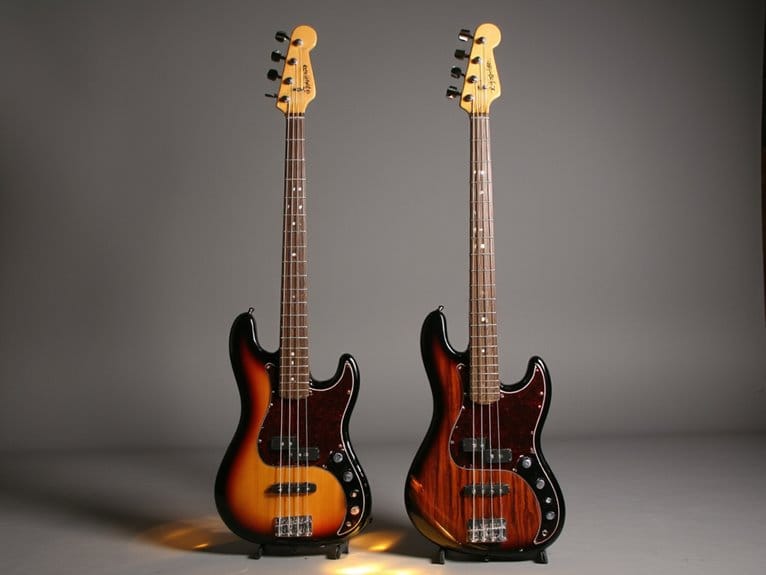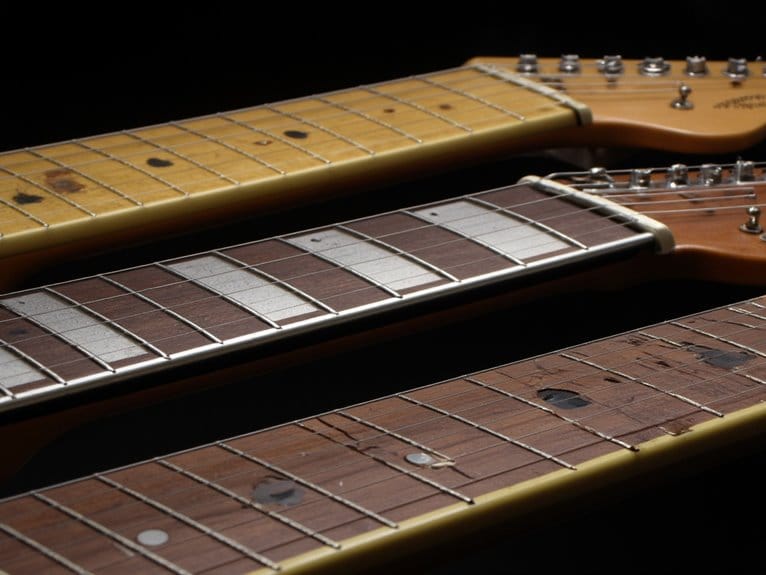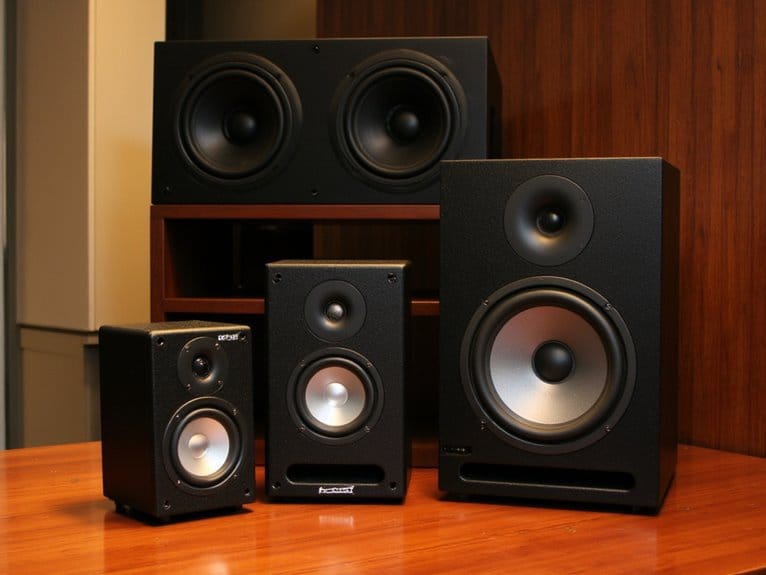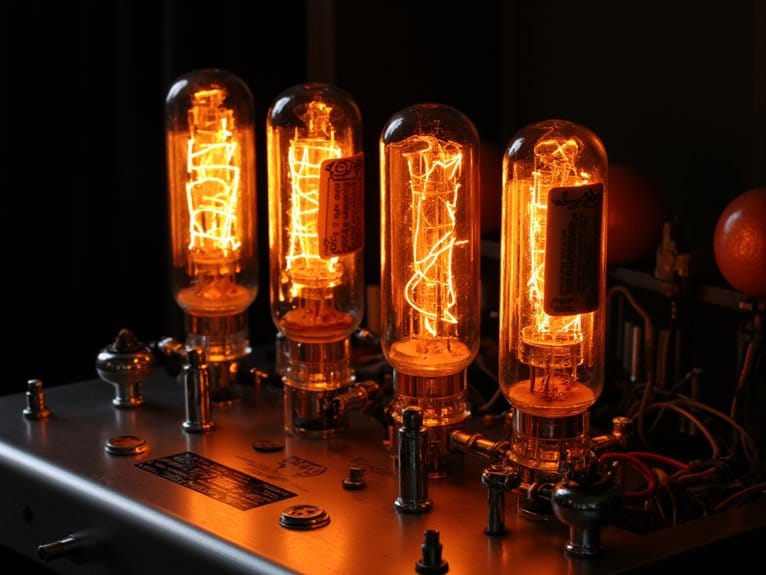Is It Better to Eq Before or After Compression?
When it comes to EQ and compression, the order of operations matters. EQing before compression allows for precise tone shaping, correcting tonal imbalances and refining clarity. On the other hand, applying EQ after compression enables refining the tone without worrying about gain reduction, resulting in a more nuanced sound. The choice between these approaches depends on the specific goals and characteristics of the audio material. Whether you're taming harsh frequencies in a live performance or controlling dynamic range in a studio workflow, understanding the strengths of each approach is key. And, as you'll soon discover, the ideal placement of EQ and compression is just the beginning in terms of achieving the perfect balance.
We are supported by our audience. When you purchase through links on our site, we may earn an affiliate commission, at no extra cost for you. Learn more.
Understanding EQ and Compression Basics
In the domain of audio processing, EQ (equalization) and compression are two fundamental tools wielded by audio engineers to shape and refine sound, but their individual strengths and weaknesses can often lead to the age-old question: which comes first, EQ or compression? EQ is responsible for adjusting the frequency response of an audio signal, allowing engineers to boost or cut specific frequencies to achieve a desired tone. Compression, on the other hand, controls the dynamic range of an audio signal, evening out loud and quiet parts to create a more consistent sound. Understanding the unique roles of EQ and compression is vital in making an informed decision about their order of operation. By grasping the basics of these audio processing staples, engineers can release the full potential of their audio signals.
EQ Before Compression: The Benefits
What happens when the frequency response of an audio signal is tweaked before its dynamic range is controlled? Magic! EQing before compression allows for precise tone shaping, as you're working with the original frequency response of the signal. This means you can surgically target specific frequencies, boosting or cutting them to achieve the desired tone. By doing so, you're effectively reshaping the signal's character before compression kicks in, resulting in a more cohesive and balanced sound. With EQ before compression, you can correct tonal imbalances, refine clarity, and create a solid foundation for the compressor to work its magic. It's like laying the groundwork for a perfectly polished mix – and who doesn't love a good foundation?
EQ After Compression: The Advantages
EQ After Compression: The Advantages
Two compression scenarios emerge when EQ is applied after the dynamic range has been controlled: one where the compressor has already tamed the loudest peaks, and another where it has accentuated specific frequency ranges. In the first scenario, EQ can be used to refine the tone, making subtle adjustments to the frequency response without worrying about the compressor's gain reduction affecting the EQ's tone shaping. This approach allows for a more precise tone shaping, as the compressor has already handled the dynamic range. In the second scenario, the compressor's emphasis on specific frequencies can be further intensified or corrected with EQ, resulting in a more balanced tone. By applying EQ after compression, you can achieve a more nuanced and refined sound.
When to Use Each Approach Effectively
Generally speaking, the choice between applying EQ before or after compression depends on the specific goals and characteristics of the audio material being processed. When prioritizing tone shaping strategies, EQ before compression is often the way to go. This approach allows for more precise control over frequency balance and tone, ensuring your desired sound is preserved even after compression. On the other hand, when mix bus priorities take center stage, EQ after compression might be the better choice. This method helps maintain a balanced mix by adjusting the tone of the entire signal after compression has brought everything in line. By understanding the strengths of each approach, you can make informed decisions that enhance your sound.
Real-World Examples and Applications
In practice, the strategic placement of EQ and compression in your signal chain can make all the difference in achieving a polished, radio-ready sound, and exploring real-world scenarios can help solidify these concepts. For instance, in live performances, placing EQ before compression helps tame harsh frequencies and even out the tone, ensuring a smooth, consistent sound. On the other hand, in studio workflows, compressing before EQing can help control the dynamic range, allowing for more precise tone shaping. By understanding the nuances of each approach, you can adapt your signal chain to suit your specific needs, whether you're mixing a live show or crafting a hit single.






